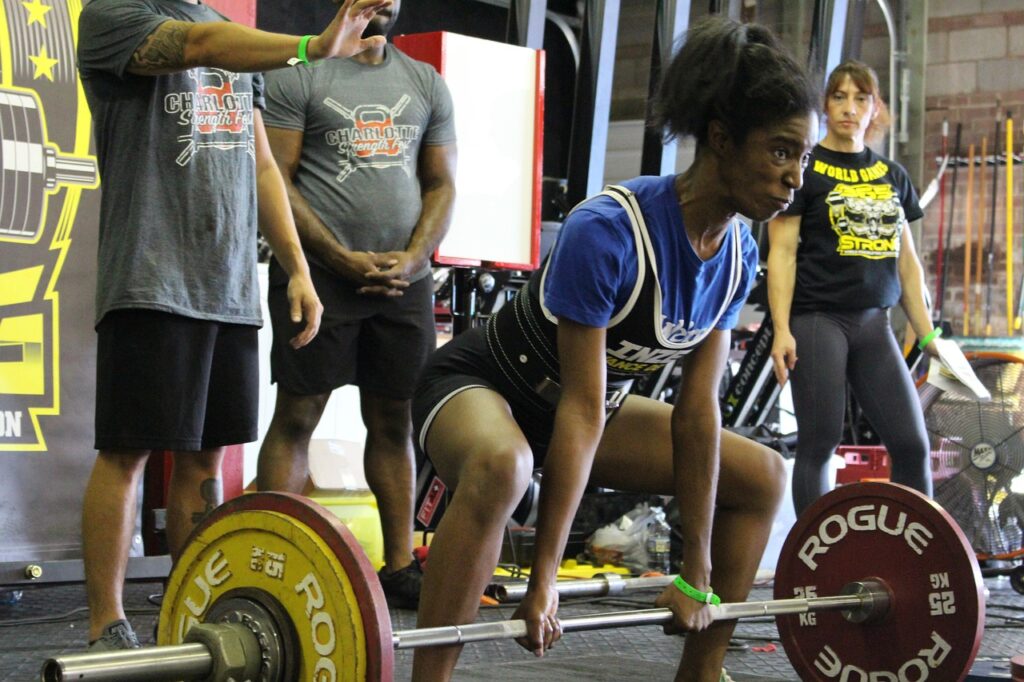How to solve the problem of the epidemic of musculoskeletal (MSK) injuries? We need to think creatively!
A New Model For Rehabilitation: Use Gyms for Rehab
I’ve been banging on about this idea for at least 4 years now. Not just using the large spaces and equipment that often isn’t available in physiotherapy clinics, but the workforce too! We all know that the NHS is strapped for cash, personnel and resources (to put it lightly), so how can we think differently about the problem of rehabilitating MSK conditions and help out a massively stretched physiotherapy service?
Empower The Fitness Workforce
As some of you may know from the talks that I’ve given, papers that I’ve written and the courses that I run, I’m a huge advocate of providing more education and training for passionate individuals within the fitness industries, such as L3 and L4 personal trainers and exercise referral specialists, on managing MSK conditions within exercise settings. Not only will it resource them to better deal with the clients that they see on a daily basis, working alongside physiotherapists, they could form an integral part of the rehabilitation pathway.
We’re Not Talking Treatment & Diagnosis
Don’t get me wrong here, I’m not advocating that non-clinicians ‘treat’ or ‘diagnose’, but I am advocating a structured approach to rehabilitative exercise in non-clinical environments, which infer wellness, not illness, that have a much greater array of resistance based equipment in particular, and that is delivered by (up-skilled) exercise professionals. Clinical input can easily be arranged if and when needed.
For Sports Injuries To Osteoarthritis
I know through experience those engaged in sports are often looking for ways to help them get better as the NHS has failed with rehabilitation and structured exercise support. But this model is just as applicable, if not more, to older adults. Pain, lack of education and the absence of systematic exercise support cue reduced levels of physical activity in knee OA sufferers(1). This can mean a quicker age-related decline in physical conditioning and can result in very poor function. Up-skilled fitness professionals can help deliver targeted exercise interventions with this population to limit the decline in physical function, both as a long-term conservative management strategy and as pre-operative interventions to optimise the benefits of surgery.
Will It Work?
Of course there are challenges with implementing this model, such as getting the right training and achieving the buy-in from various stake holders, but in my opinion, it’s the way forward. I’ve been fortunate enough to meet some very forward thinking individuals in positions of influence within the NHS and who are keen to implement this approach. It puts the patient first, saves money and resources and promotes a long-term approach to self-mamangement.
Watch this space, this programme may be coming to an area new you!
In the meantime, if you’re interested in studying with us, see here for our courses for fitness professionals, and here for courses for rehab professionals.
1.Herbolsheimer et al. (2016). Physical Activity Patterns Among Older Adults With and Without Knee Osteoarthritis in Six European Countries. Arthritis Care & Research 68(2) 228–236.

